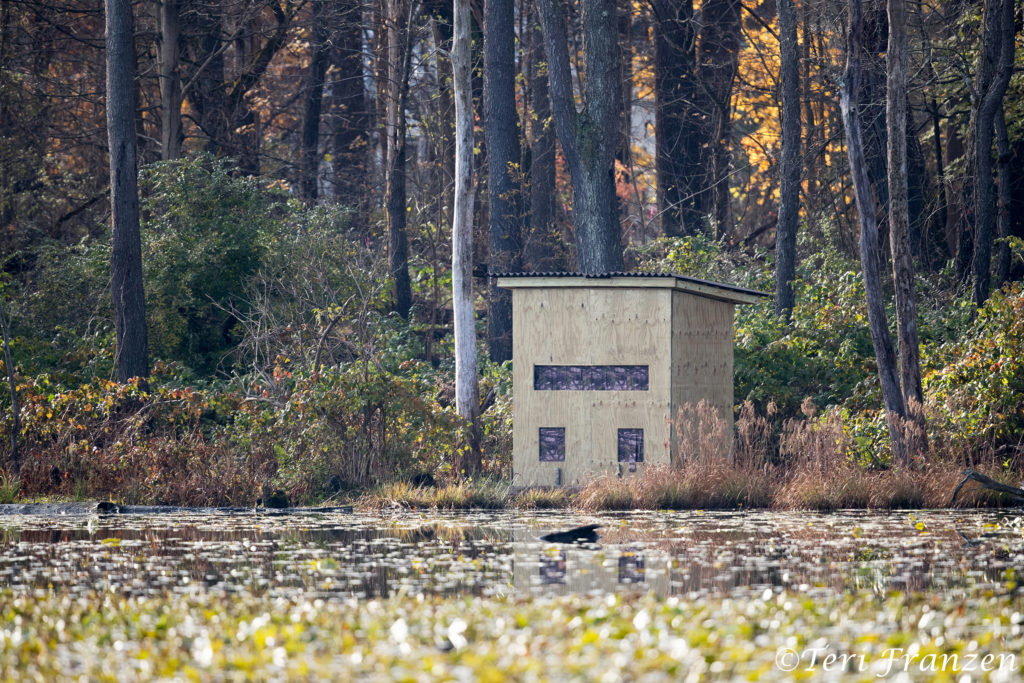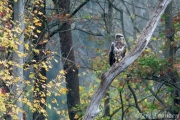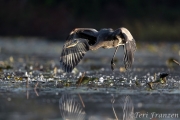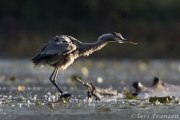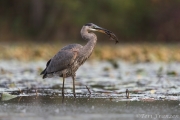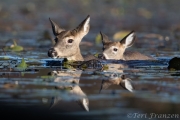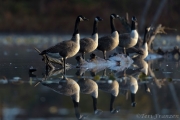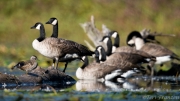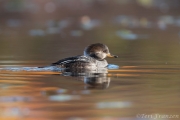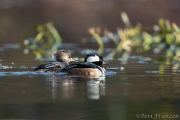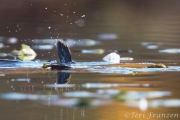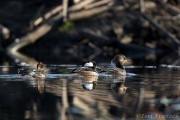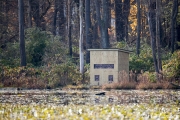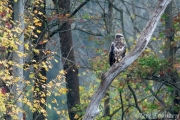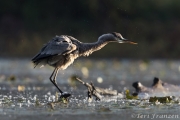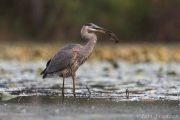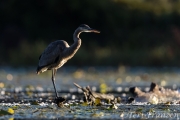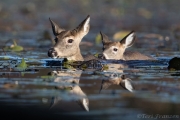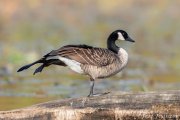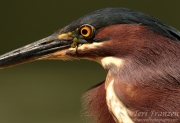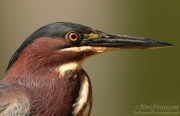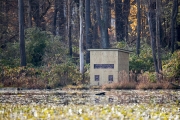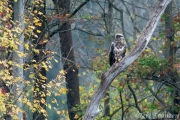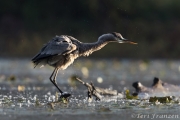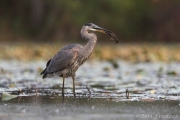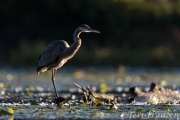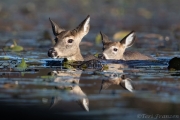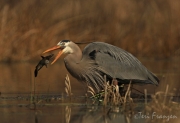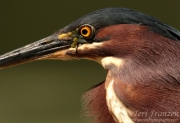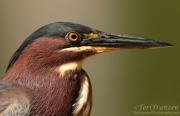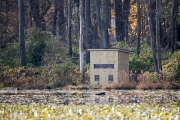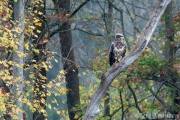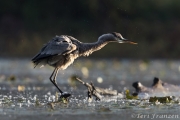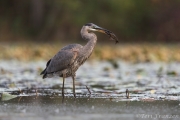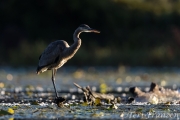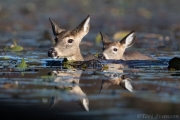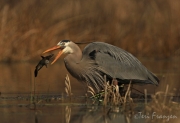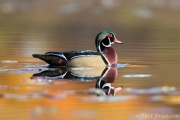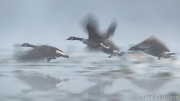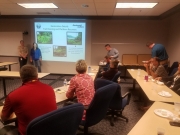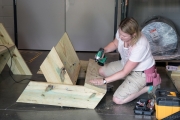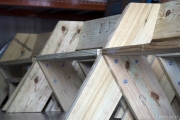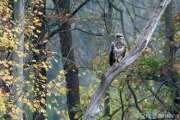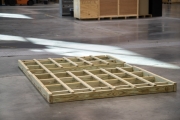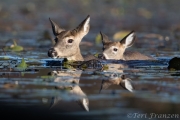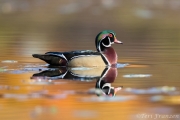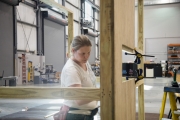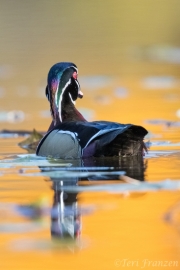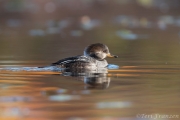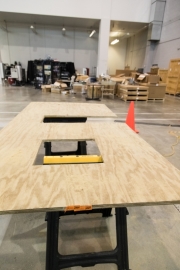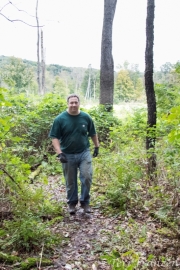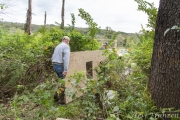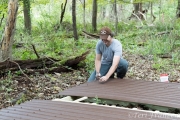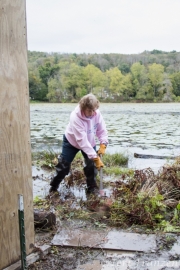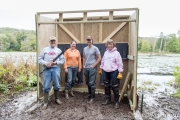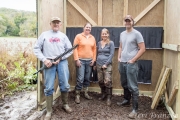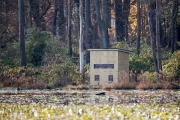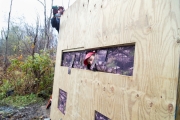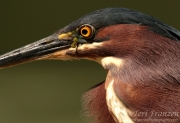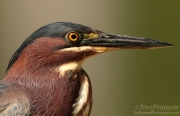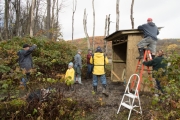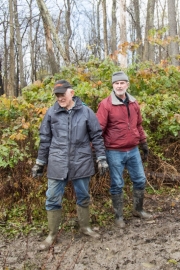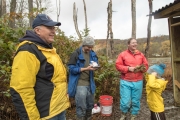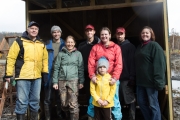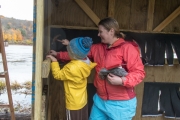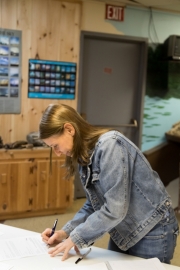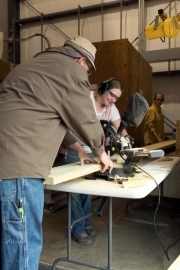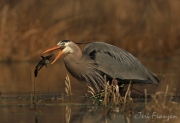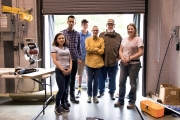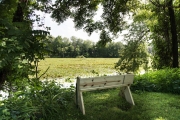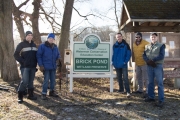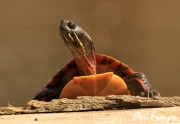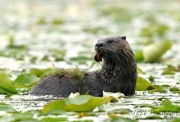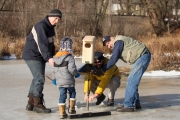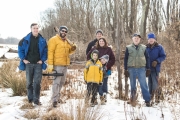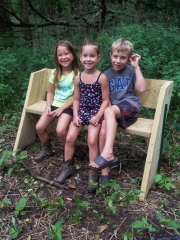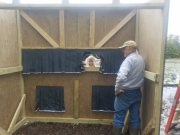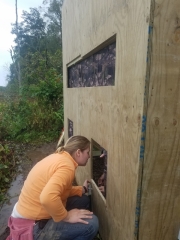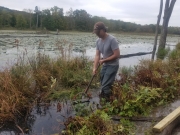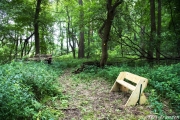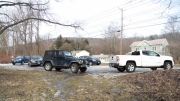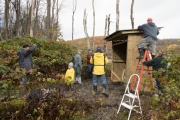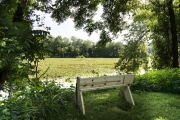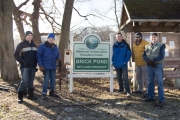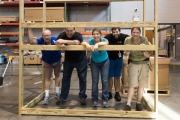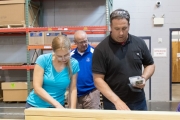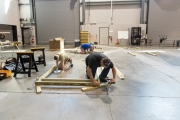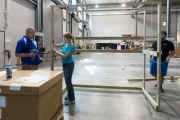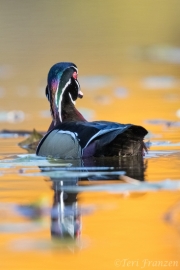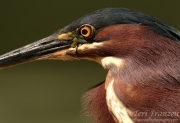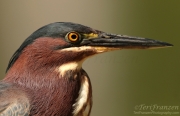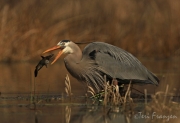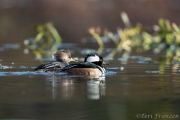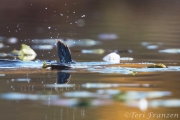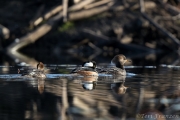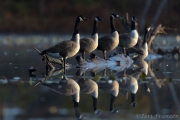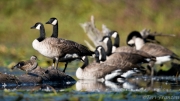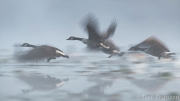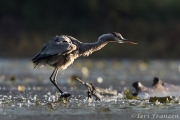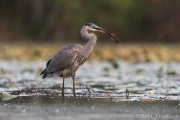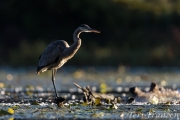It was late summer in 2014 when I got my first good look at a wood duck. That was also the day that I held one in my hands, briefly. On that mid-August Friday, during my second ever trip to Brick Pond, I arrived to see a five-week old duckling splashing in the water amid the vegetation. I excitedly grabbed my gear, began to frame my shot, and then stopped short, sensing something amiss. The continued presence of this duck was alarming as these sensitive dabblers typically flee at first sight of a human. It soon became obvious that the youngster was trapped in foliage and flapping madly to escape. There would be no photos that day as I tossed my gear back into my jeep and waded hip-deep into the pond to help. Once unshackled the young wood duckling scooted off into the safety of the lily pads.
Since that day I have spent countless hours hiding in makeshift blinds on the shore of that same wetland observing wood ducks and dozens of other wetland species. I’ve watched a great blue heron struggle for several minutes to swallow a tenacious catfish, belted kingfishers tackling impossibly large fish, sat in awe while a green heron strode not ten feet from my blind seeming to stare right into my lens. I’ve seen painted turtles bask in the sunshine, resting on logs and on other turtles, witnessed wood ducks using those same reptiles as stepping-stones. I have stared in horror while a snapping turtle attempted to grab a tiny duckling, thankfully to be thwarted by the mother hen. And I’ve observed wood ducks throughout their lifecycle from spring courtship to breeding, nesting, raising their families into adulthood and finally heading south for warmer climates as the leaves dropped and the air grew cold. I have experienced firsthand the struggles and triumpths of these species that I’d grown to think of as dearest of friends.
So it’s not surprising that for Christmas 2016 I requested and received four wood duck nesting boxes. I dreamt of seeing the one-day-old ducklings leap from their nest to join their mother in the pond for the first time. I hope one day to witness this at Brick Pond.
In early 2018, I gave a talk about my beloved wetland at the Waterman Center annual members’ meeting. Following my talk, Fred Neebe, Waterman member and volunteer, approached me with the suggestion to install wood duck boxes at that wetland. No thought was required, we made a plan. I donated two boxes and Fred and his wife, along with fellow member, Charles Crane, donated the hardware. In February 2018 along with a team of volunteers and our WCEC director, we headed out onto the ice for the installation.
Also during that time we had been contacted by Rockwell Collins employee Corrine O’Leary. The Rockwell Collins Green Communities Program provides funding to support environmental efforts of nonprofit organizations for projects including conservation of natural resources, ecosystem development or restoration and renewable energy, among others. Corrine suggested a possible project at Brick Pond.
Rockwell not only provides funding, but also volunteer support to complete that project. The local Rockwell folks are especially interested in pursing construction projects. We discussed our options and eventually requested and received funding to support construction of new benches and basically the wood duck blind of my dreams.
For the blind I wrote up a very rough “napkin” sketch. Corrine, miraculously, produced an accurate detailed design. Rockwell employee, David Smith created a very detailed schematic. The blind would feature an eye-level port for the casual viewer and low portals providing that intimate water level perspective coveted by photographers. In preparation for the new benches and blind, I worked with a team of volunteers from the community to create a new, Woodland trail with backside entrance into the new blind. During that time I also visited Brick Pond several times setting up makeshift blinds to scope out the best location for blind installation.
Final blind assembly occurred in early November 2018 with the hoisting of the roof during a rain shower. We called in several favors, assembled a large team and the roof went up without a hitch. Early the following morning, with sunshine in the forecast and wood ducks still in the area, I arrived at dawn to break in the new blind.
The following video shows excerpts from the project. The second half is a segment highlighting some of the wildlife that I saw during my earlier reconnaissance as well as from the blind after it was installed. All of the wildlife scenes were filmed within 15 feet of the location where we placed the blind.
The efforts of the team to accomplish all of these tasks was nothing short of heroic, especially considering the persistent rain and increasing water levels attempting to thwart our efforts. I am so grateful, especially to Fred Neebe and Corrine O’Leary, but to all who lent their support along the way. We couldn’t have accomplished this feat without each individual.
I hope that with our new trails and blind that others will have a chance to spend time watching herons fight with oversized fish, turtles provide a leg up for wood ducks and witness countless other wild moments. And that one day, from this new blind, I will finally see that leap executed by one-day-old wood ducks, who have never seen a world outside their small box, somehow find the courage to jump down several feet into a brave new world.

